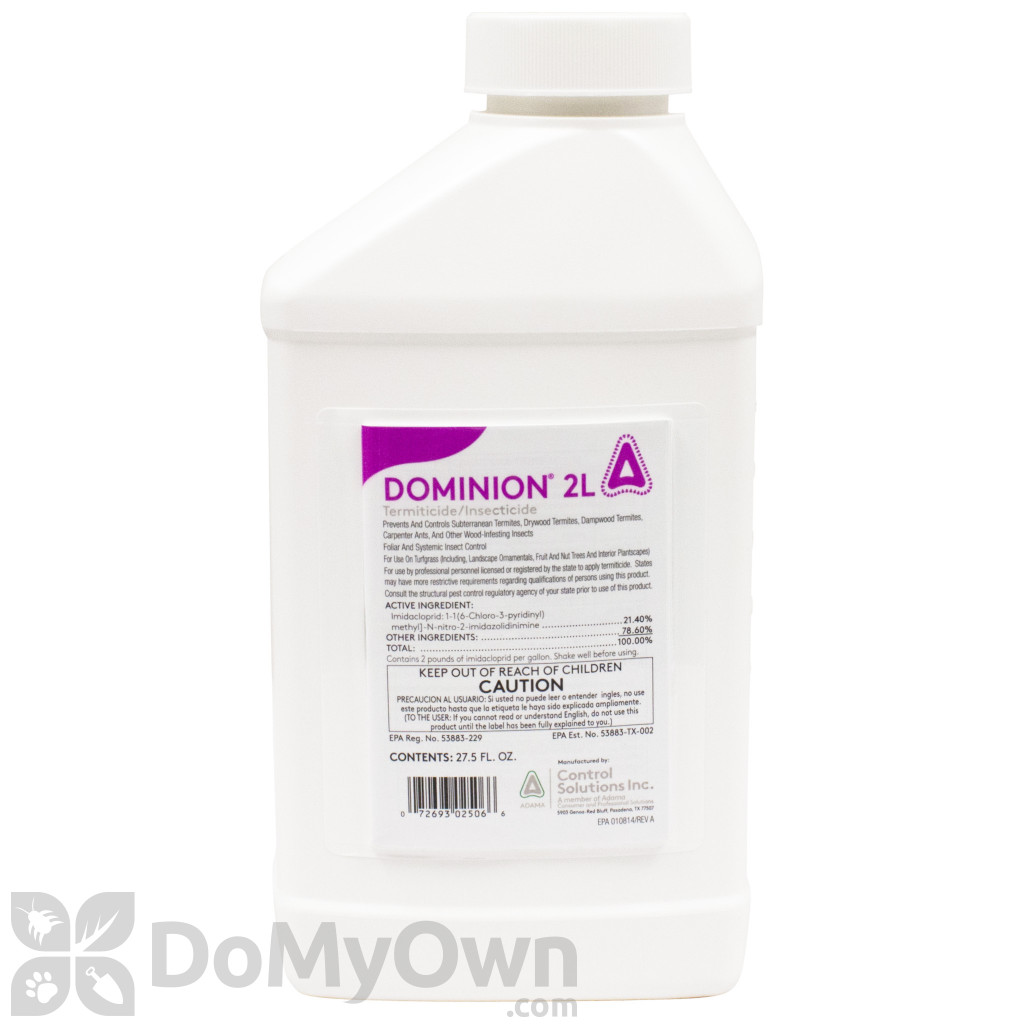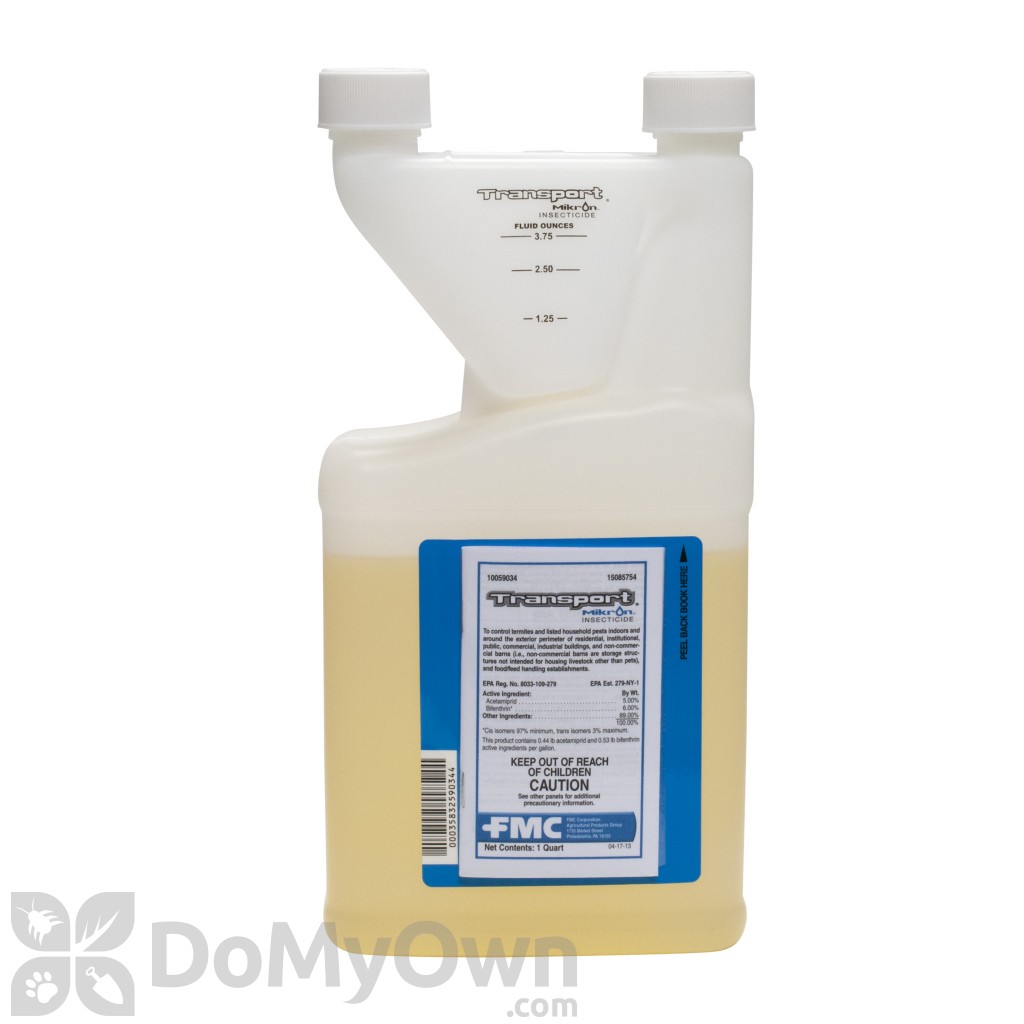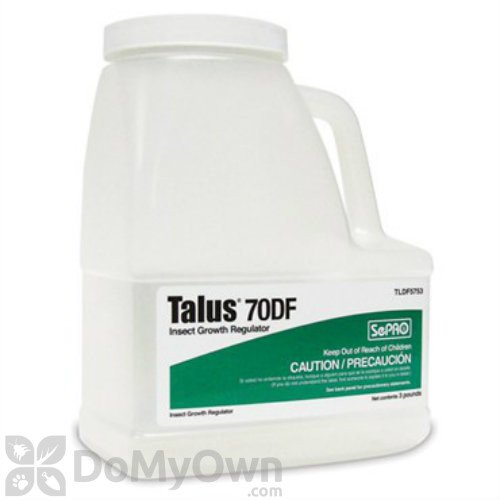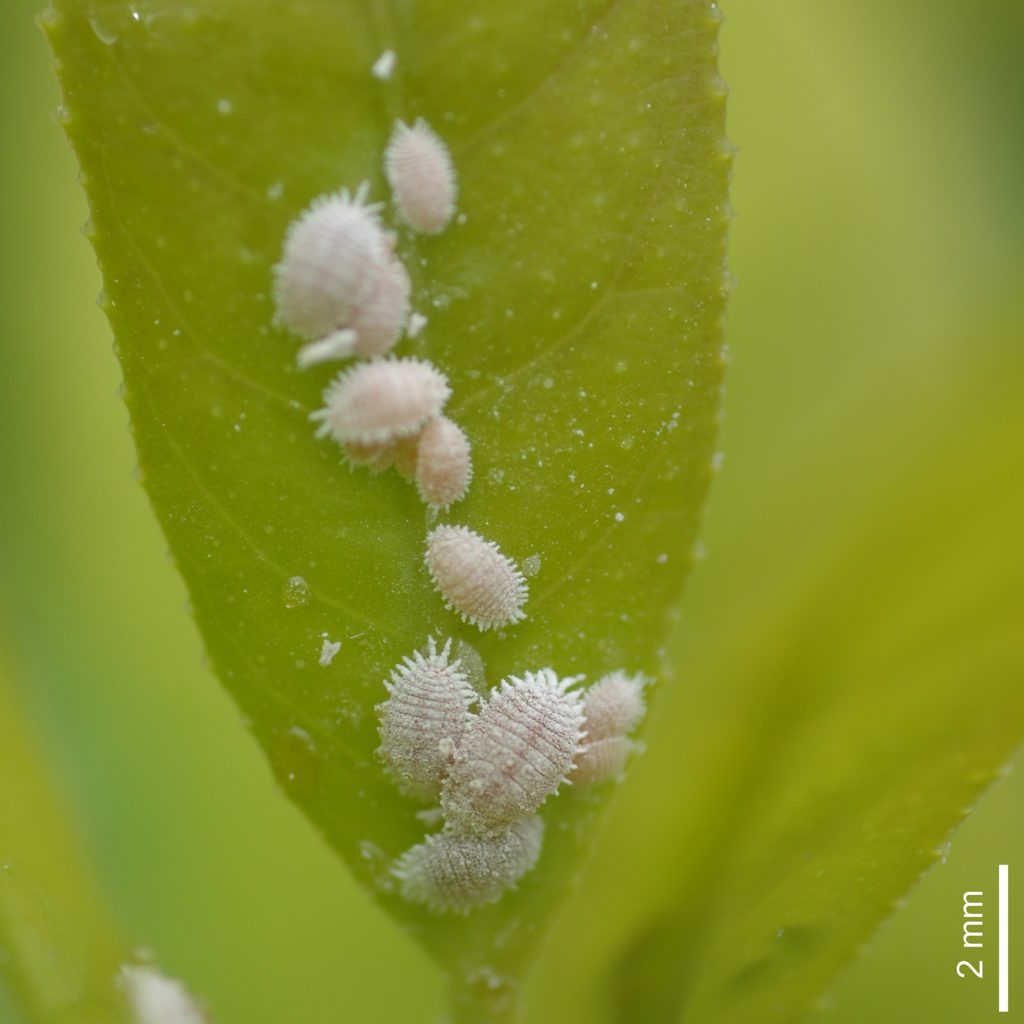

Mealy bugs are insects which are covered with a white waxy powder.
They secrete honeydew that can lead to secondary disease infections such as sooty Moulds.
The shape of the aphid female is elliptical, and is covered with white wax powder, and lacks eyes and wings.
Female is about 4 mm long and about 3 mm wide.
Shape of the male is elongated, about 1 mm long.
In total the female lays tens to hundreds of eggs.
The larvae that hatch two or three days later disperse in all parts of the plant.
Generation length is 35- 76 days, depending on the temperature and species of the aphid.
The aphid settles on all parts of the plant: roots, stems, leaves and fruits.
The damage is expressed in the degeneration of the plant’s organs and in the secretion of honeydew which serves as a substrate for the development of the “soot” fungus.
The damage to the fruits is manifested in sticky fruits covered with “soot” and sometimes with the fruit contaminated with the mealybugs themselves.
The adult females survive well in the soil, even in the high summer temperatures, in the structure, on plant remains or on the roots in the soil.
It is recommended to spray against ants, as they make it easier for the aphid to move and disperse.
They are considered to be very hard to get rid of especially with organic pesticide which are good only for the larva stages and not for the mature ones.
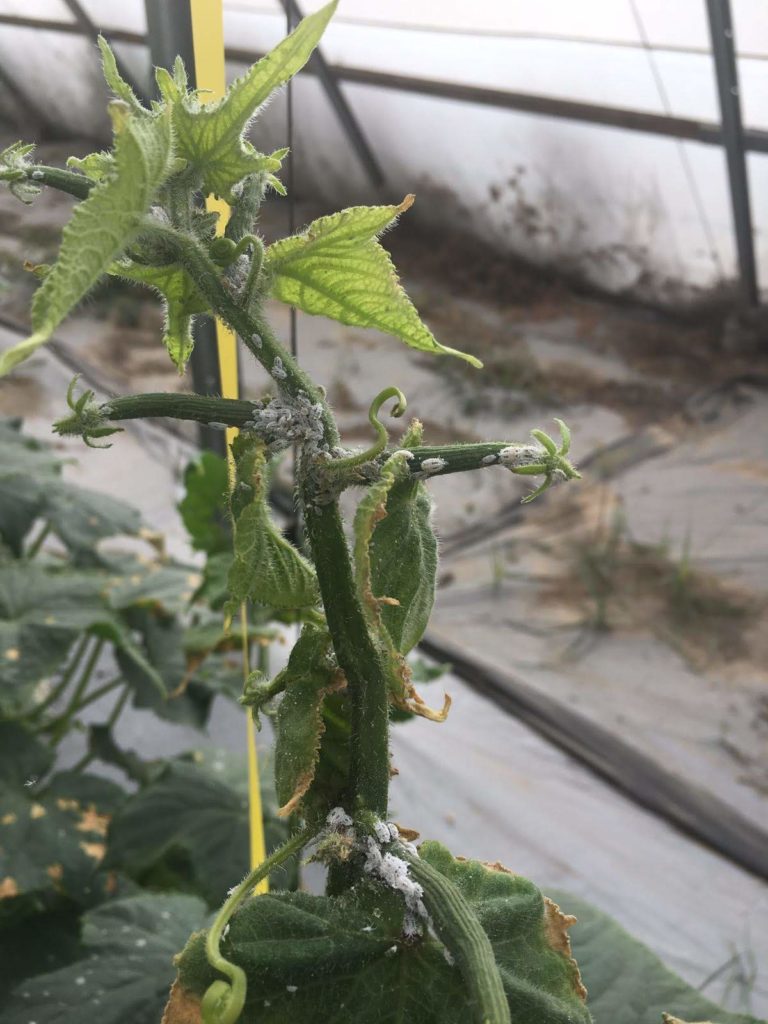
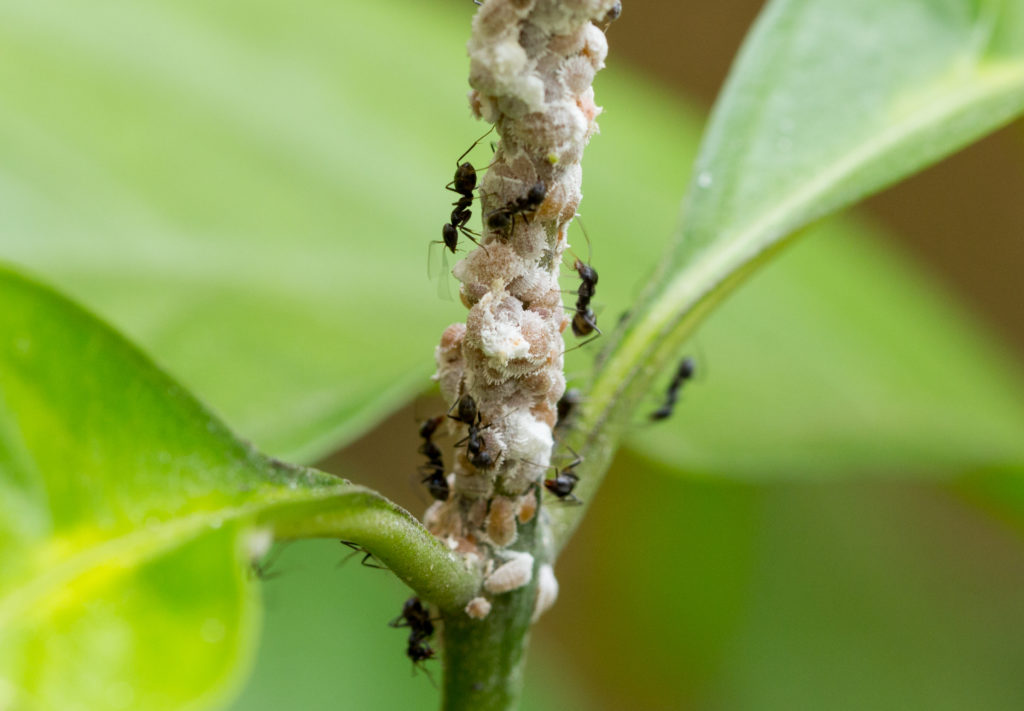
It is recommended to use at least 3 kinds of different pesticides, and alternate between them every 4 days, in order to overcome pest’s resistance, and completely exterminate them.
For further information about this, read this post , and this post also.
There are 3 ways to eliminate mealybugs: Chemical, organic and biologic.
Chemical:
Best pesticides for mealybugs:
These combinations are advised:
BUPROFEZINE+NEEM OIL,
BUPROFEZINE+ DINOTEFURAN
DINOTEFURAN+MINERAL OIL,
ACETAMIPRID+MINERAL OIL
Organic:
Neem Oil
A naturally occurring pesticide was found in seeds from the neem tree.
Azadirachtin is the most active component here.
It reduces insect feeding and acts as a repellent.
It also interferes with insect hormone systems, making it harder for insects to grow and lay eggs.

Potassium salts of fatty acids (insecticidal soap)
Adding potassium hydroxide to fatty acids, extracted from palm, coconut, olive, castor, and cottonseed plants, forms this active ingredient, which penetrates and disrupts the lipoprotein matrix of the insects’ cellular membranes.
The membrane disruption leads to evacuation of cellular contents, causing the cell to dehydrate and die.

Paraffinic Oil
acts as a smothering and prevents insect respiration.
For maximum effectiveness, spray all kinds of oils well, especially on the underside of the leaf.
The foliage of the crop should be well moistened.
Spray in the cool evening hours.
It is recommended to spray two consecutive sprays three days apart.

Mineral Oil
Covers the egg, larva, nymph and adult stages, causing suffocation.
It leaves no toxic residue on plants.

Biological:
Cryptolaemus montrozeuri –

Predatory beetle of many mealybug species in all stages.
They actively feed on mealybug’s eggs, immatures and adults.
The Predatory beetles, and larvae, eat the mealybugs completely.
Cryptolaemus are like small ladybugs with a black body, orange head, and tail.
They have a voracious appetite.
Females lay up to 400 eggs, and consume 30 to 70 prey a day.
Place them among infected leaves, or walk through the growing area, and allow the insects to escape, while gently tapping the container.

You might also like these articles:
- Pests and us
- How to Combat Pests During Growing Season: The Importance of Using Multiple Pesticides to Prevent Resistance and Maximize Yield
- How to differentiate between pesticides
- How to find your pesticide in a store
- The Ultimate Guide to Eradicating Spider Mites
- Protect Your Plants from Whitefly Infestation and Virus with These Tips!
- How to Control Aphids: Chemical, Organic, and Biological Methods for Effective Pest Management
- Combatting Thrips: Effective Strategies for Eliminating and Controlling Pest Infestations
- Effective Ways to Control Leaf Miners: Chemical, Organic, and Biological Treatments
- Tuta absoluta Moth: Prevention and Control Methods for Tomato and Eggplant Farmers
- A Comprehensive Guide to Caterpillar Pest Control
- Gray Mold: A Fungus That Damages Crops – Symptoms and Ways to Eliminate It with Chemical and Organic Pesticides


